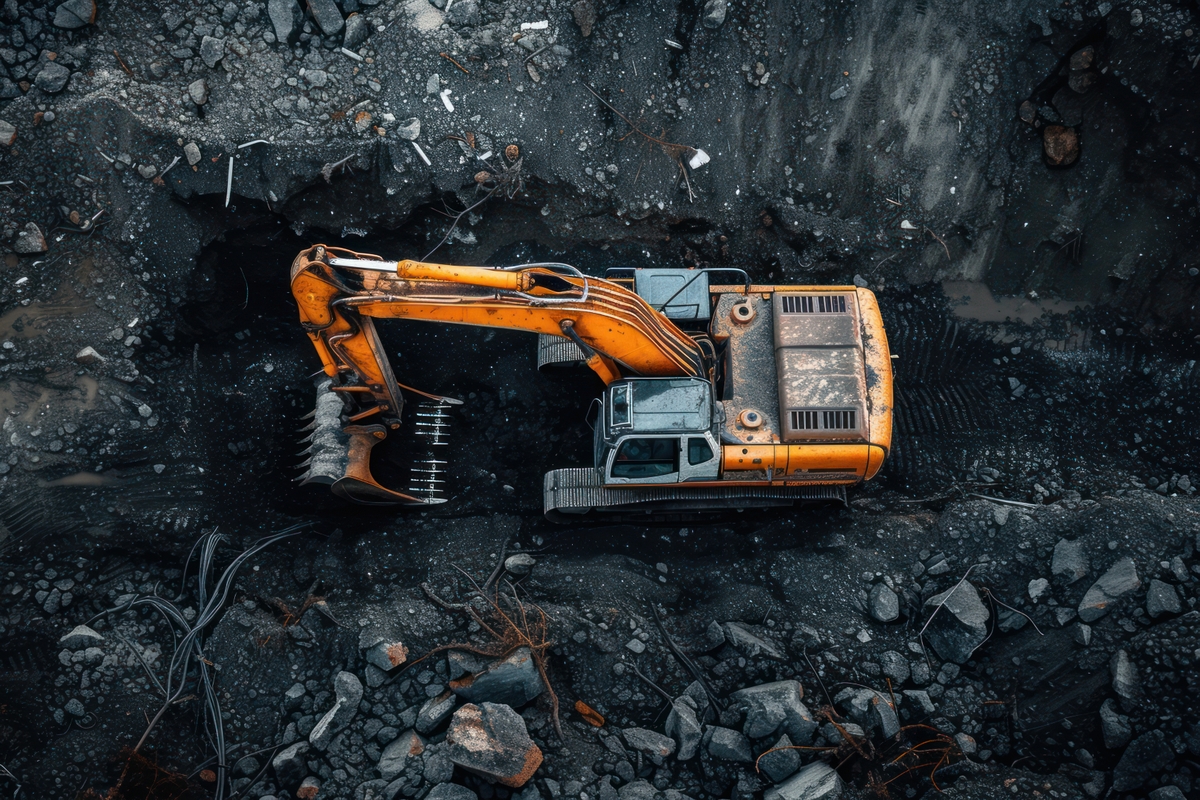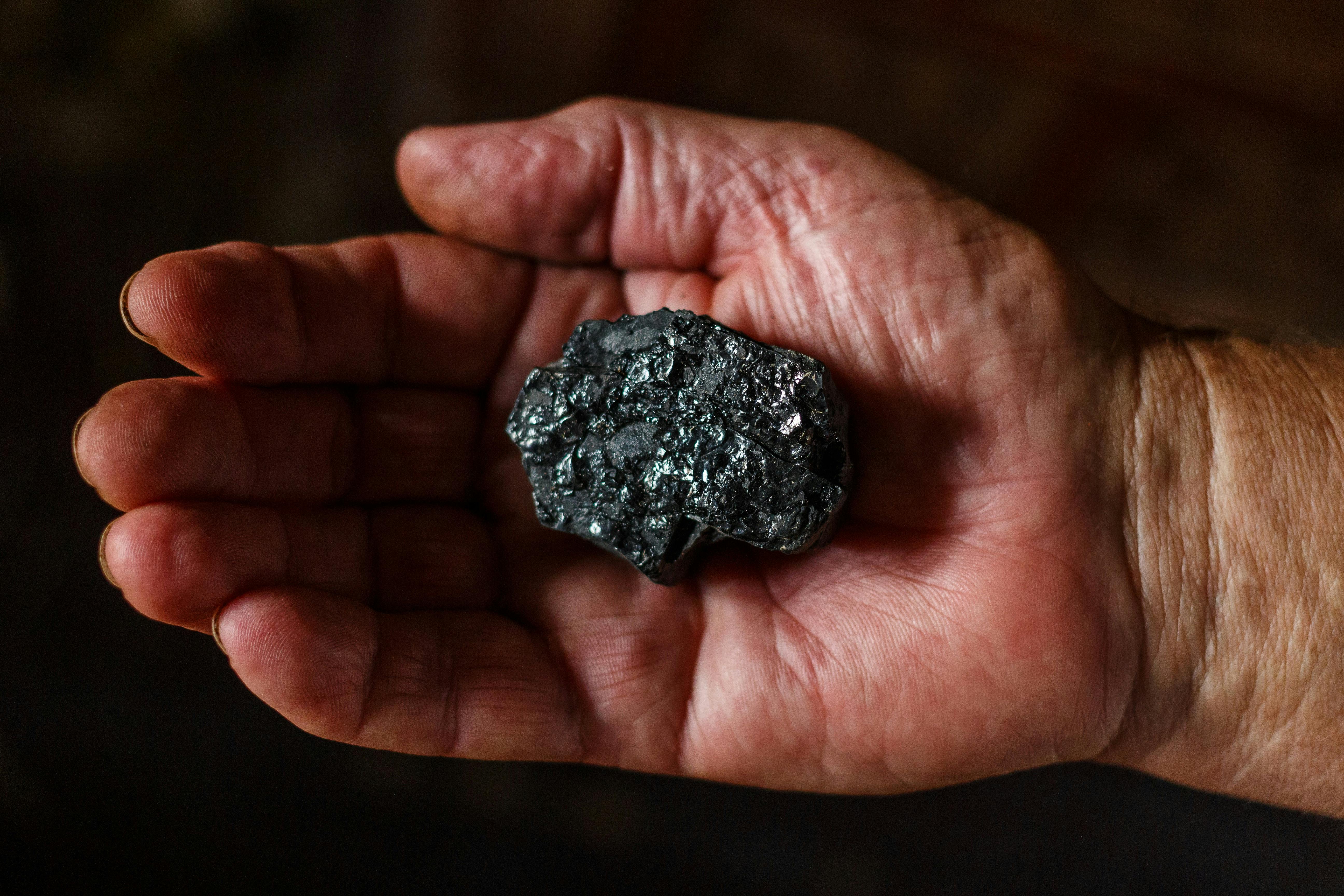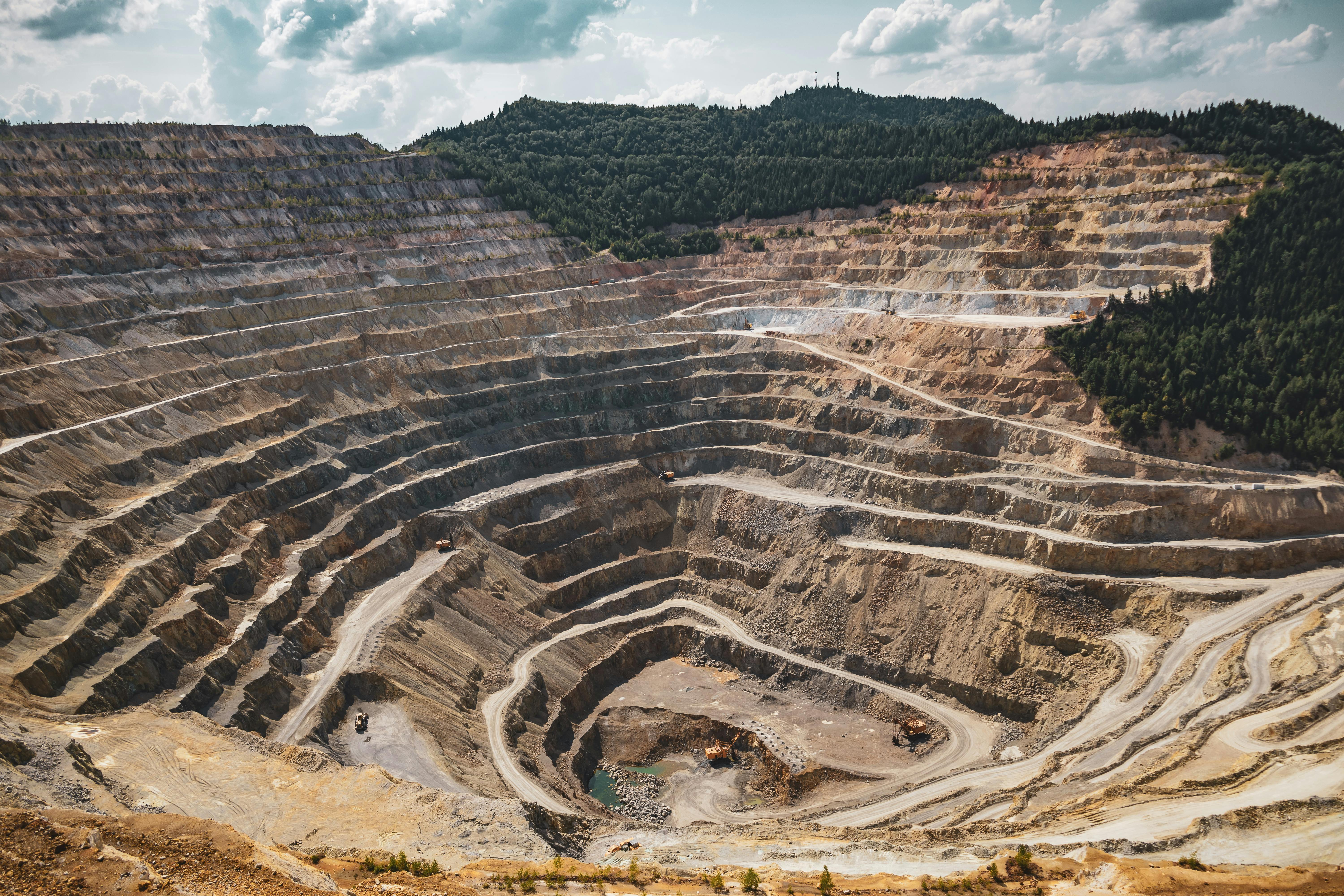5 Hidden Factors That Are Killing Your Drilling Efficiency
Your drilling performance may be suffering from issues you don’t see - until it’s too late.
5 Hidden Factors That Are Killing Your Drilling Efficiency
Drilling efficiency is the heartbeat of mining productivity. Every extra meter drilled per hour or every downtime avoided can significantly reduce overall costs and improve project timelines. Yet even well-managed operations often experience unexplained drops in performance.
The culprit? Hidden inefficiencies that accumulate quietly, but steadily, until they impact your bottom line.
At Avalon, we support dozens of mine sites that face this exact challenge. And more often than not, the solution isn’t buying a better machine it’s uncovering and correcting what’s already holding them back.
Here are five often-overlooked factors that could be sabotaging your drilling efficiency and what to do about them.

1. Mismatched Consumables and Ground Conditions
You might be surprised how often operators use the wrong bit or hammer for the formation they’re working in. Whether it’s a gauge too aggressive for fractured rock or a flat face bit struggling in sticky clay, the wrong match causes underperformance, higher wear, and slower progress.
Solution:
Start every drilling campaign with a geological reassessment. Consult with a supplier like Avalon to select bits and hammers that are specifically optimized for the formations ahead.
2. Improper Drill Parameter Settings
Air pressure too low? Rotation too high? Feed rate too aggressive? Even small deviations from optimal settings can cause loss of energy, overheating, and accelerated wear all while making the rig work harder for less output.
Solution:
Ensure that your operators are trained to recognize and adjust key parameters in real time. Use OEM-recommended specs as a baseline, then fine-tune based on bit behavior and hole conditions.
3. Poor Air Management
In DTH systems, compressed air isn’t just for flushing, it’s the power source. If your compressors are underperforming, leaking, or inconsistent, you’re losing energy before it even reaches the bit.
Solution:
Routinely inspect your entire air circuit, from compressor output to hose integrity. Monitor pressure drop at the hammer to ensure actual delivery matches required performance.
4. Inadequate Bit Inspection and Replacement Cycles
Worn bits don’t just drill more slowly, they deform the hole, reduce flushing efficiency, and increase energy consumption. Many sites fail to inspect or replace bits until they’re visibly destroyed by which point significant damage has already been done.
Solution:
Introduce scheduled inspections based on meters drilled, not just visual damage. Record wear patterns to predict failure before it causes losses.
5. Lack of Operator Feedback Loops
Drillers often work in isolation from maintenance teams or supervisors. Without a clear communication loop, small inefficiencies (like vibration, misalignment, or unusual wear) go unreported and unresolved.
Solution:
Build a reporting culture. Encourage drillers to document anomalies. Use that data to improve planning, consumable selection, and preventive maintenance.
Stop Wasting Energy: Start Drilling Smarter
Mining is a margin-sensitive business. And in drilling, every inefficiency compounds: a bit that wears 10% faster, a rig that drills 5% slower, an operator who adjusts 30 minutes late. Multiply that by dozens of rigs, shifts, and months and you’ve got six figures of silent loss.
The good news? These problems are not inevitable. They are visible, measurable, and fixable—with the right strategy, the right training, and the right tools.
At Avalon, we don’t just supply drilling consumables we help our clients achieve maximum performance through technical support, training, and field insight.
We’re the future of the mining industry
Ready to push productivity, cut consumable spend and move your operation toward a lower‑carbon footprint? Talk to our engineers today and see what Avalon can do for your drill string.



